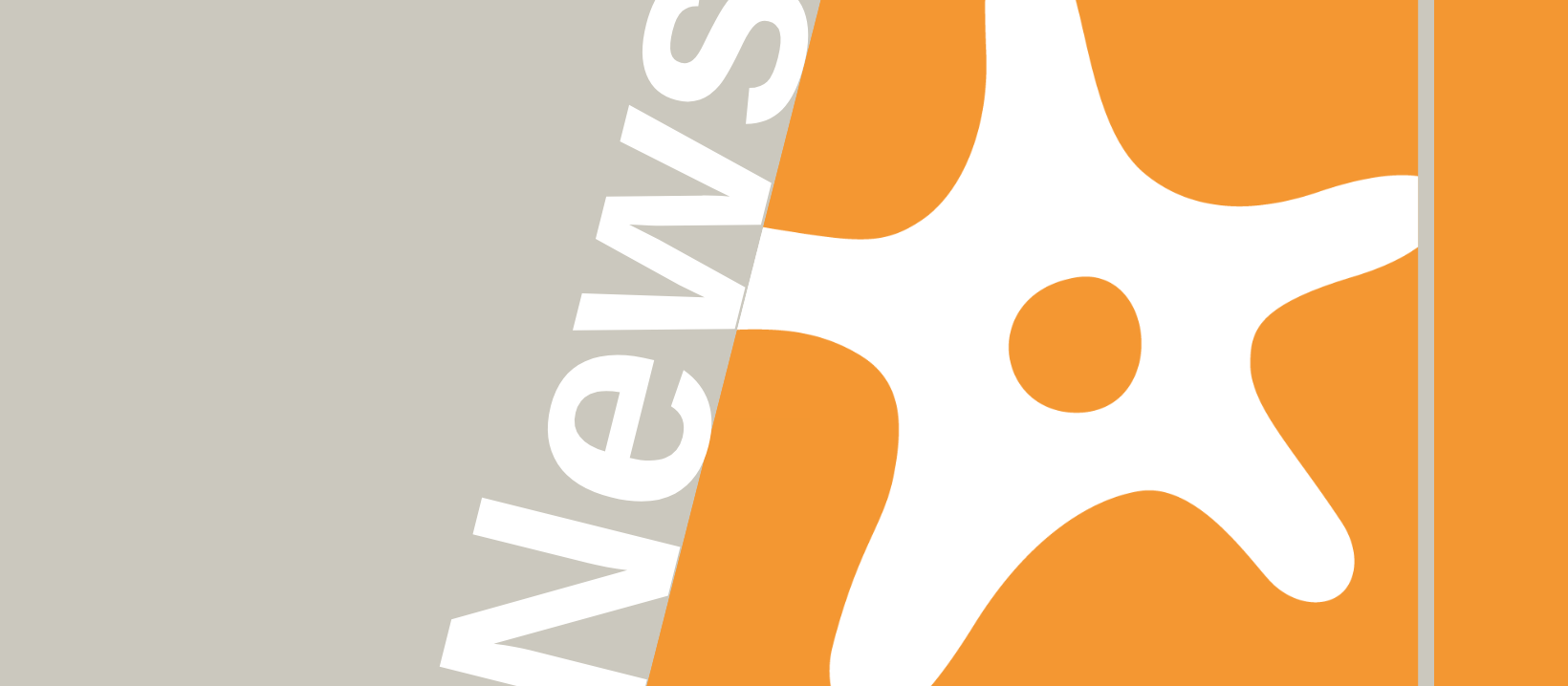Scientists from the Cluster of Excellence ImmunoSensation and the Institute of Science and Technology Austria published their recent findings about microtubules controling migrating cells in the Journal of Cell Biology. Cells need to navigate throughout the body. How they find their right way and how they adapt their body size to moving into the right direction is poorly understood. Here, scientists demonstrate that spatially distinct microtubule dynamics regulate amoeboid cell migration by locally promoting the retraction of protrusions. Prof. Eva Kiermaier is member of the Cluster of Excellence ImmunoSensation2.
The group of Eva Kiermaier focuses on the contribution of the cytoskeleton during innate and adaptive immune responses. Dendritic cells (DCs) represent the most potent antigen presenting cells of the innate immune system. They are key mediators for the induction of protective immunity as well as maintenance of self-tolerance. As such, DCs represent an outstanding population of cells, which mediate three fundamentally important tasks: antigen capture and presentation, migration and T cell activation. The group studies how cytoskeletal components, in particular centrosomes and microtubules, impact immune cell effector functions such as antigen presentation and migration and their behavior upon lymphocyte cell-cell interactions.



